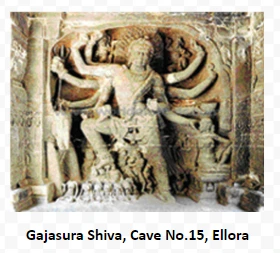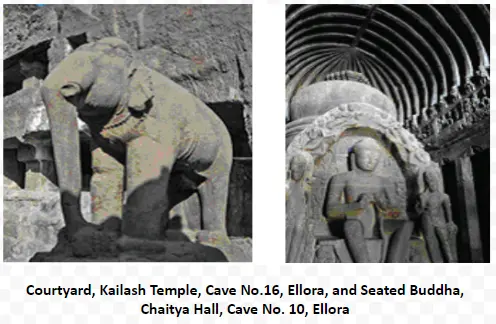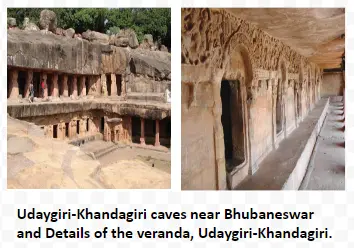![]() 23 Dec 2023
23 Dec 2023
The cave tradition in India is a profound architectural and artistic legacy, exemplified by intricate rock-cut structures. From Ajanta’s stunning paintings to Ellora’s monolithic temples, these caves served as sanctuaries, monasteries, and temples, embodying religious diversity and showcasing the fusion of creativity and spirituality in ancient Indian civilization.


Other Site in Andhra
|

Conclusion
In conclusion, the Udaygiri-Khandagiri Caves stand as a testament to the exquisite cave tradition in India, showcasing voluminous figures and qualitative carving. The timeless allure of these caves, with their later excavations in the eighth–ninth centuries CE, underscores the enduring legacy of India’s rich and diverse cave tradition in India. Udaygiri-Khandagiri remains a captivating chapter in the nation’s cultural heritage, echoing the artistry and spiritual significance embedded in India’s cave tradition.
<div class="new-fform">
</div>